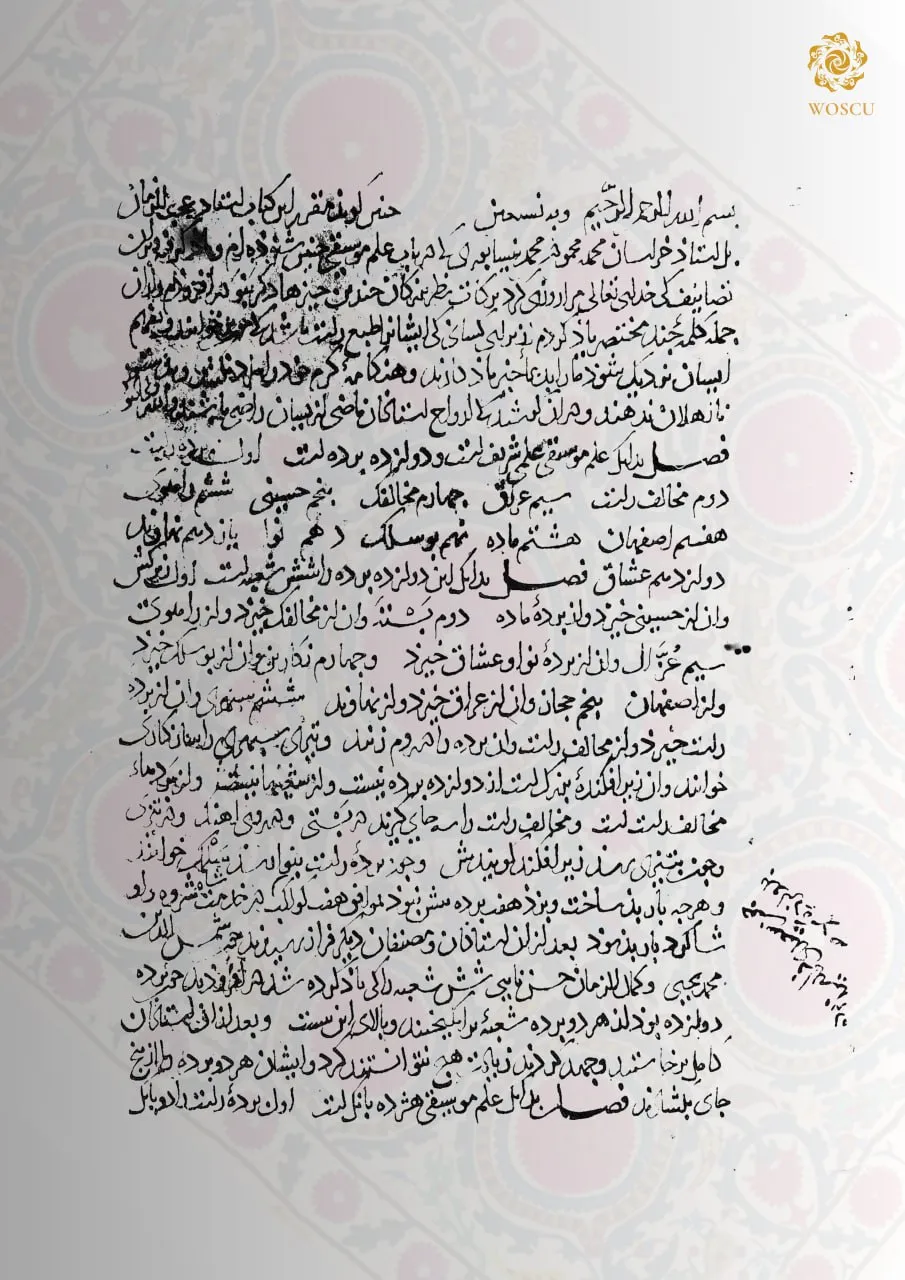
Modalities, rhythms and the corresponding poetry in the aruz metric were translated into distinct forms and genres of music. Practical and scientific knowledge was also accompanied by a set of ethical and aesthetic prescriptions, or norms and rules for the performance, composition and listening of music. This group of norms was systematically documented in the works of ‘Abd al-Qadir Maraghi, created in Samarkand and Herat, and accepted as canonical by the majlises of Amir Temur and enlightened connoisseurs of art.
The general orientation of secular life in the empire of Amir Temur contributed to canonization, with its striving for universality and regulation of musical and poetic material.
The professional musical art of the epoch of Amir Temur represented two interconnected layers expressed by the following concepts: fann-i musiqi – the “art of music” (as a craft, profession) and ‘ilm-i advar – the “science of circles” (knowledge of modalities, rhythmic and poetic circles). As a rule, these two concepts came paired, and were applied together to characterize the level of musical knowledge of an enlightened person of that era, be they a poet, musician, scientist or ruler.
You can learn more about the topic in the book-album "The Musical Legacy of Uzbekistan in Collections of the Russian Federation" (Volume VI) from the series "Cultural legacy of Uzbekistan in the world collections".
The general sponsor of the project is the oilfield services company Eriell-Group.
